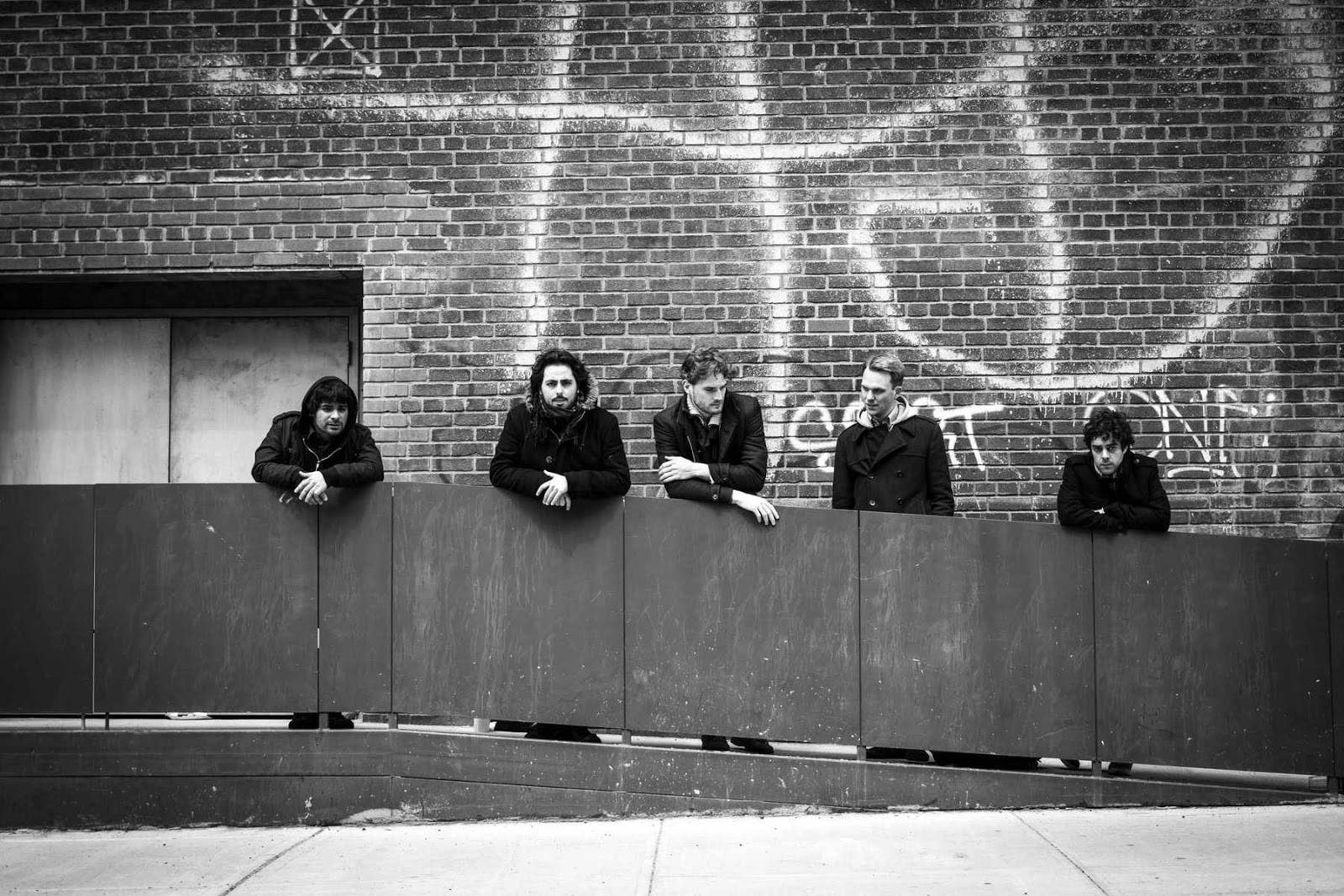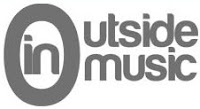PRESENT
Dave Rempis / Elisabeth Harnik / Michael Zerang - Wistfully (2016)
This live trio recording was made in the late fall of 2013, and features a first-time grouping of improvisers that had never performed as a unit before, despite their interweaving musical paths. Pianist Harnik first came into contact with her Chicago counterparts at the 2008 Umbrella Music Festival, when both audiences and musicians in the city became immediately enamored with her unique and wide-ranging approach to her instrument based on her Chicago Cultural Center performance. In the years after, she began ongoing collaborations with Rempis and Zerang, performing separately with them in both the U.S. and Europe.
In the fall of 2013, Rempis and Zerang had just finished a week in Krakow, Poland, working with Ken Vandermark’s Resonance Ensemble. They continued on to perform as a duo at concerts in Warsaw and Vienna, before meeting Harnik in her hometown of Graz, Austria to explore this first-time trio grouping at a well-known concert venue called WIST. Happily, Austrian National Radio (ORF) got wind of the occasion, and decided to make a recording for live broadcast, a document presented here.
While fans of the music might imagine that all three of these strong voices contribute equally to the proceedings, they wouldn’t be incorrect. However it’s Harnik’s jaw-dropping ability to reconfigure the entire sound of her piano from one piece to the next that shapes each of these six improvisations into individual alien landscapes all their own. Deploying an incredible range of timbres from full-throated, lush chords, to the clanging, metallic tones of an Indonesian gamelan, Harnik deftly manipulates her instrument to paint the backgrounds on which Rempis and Zerang then build.
01. Wistful 1 09:23
02. Wistful 2 12:34
03. Wistful 3 10:29
04. Wistful 4 06:12
05. Wistful 5 07:59
06. Wistful 6 06:00
Dave Rempis – alto/tenor saxophone
Elisabeth Harnik – piano
Michael Zerang – percussion
All compositions by Rempis/Harnik/Zerang
Recorded live at WIST in Graz, Austria, November 29th, 2013
by Norbert Stadlhofer and Franz Josef Kerstinger. Originally used for live broadcast on Austrian National Radio (ORF)
Mastered by Dave Zuchowski
Design by Johnathan Crawford
Produced by Dave Rempis
Special thanks to the staff and crew of ORF, and to Ludwig Sik.
Released January 12, 2016
BUY THIS ALBUM
IN
DEMY



















































